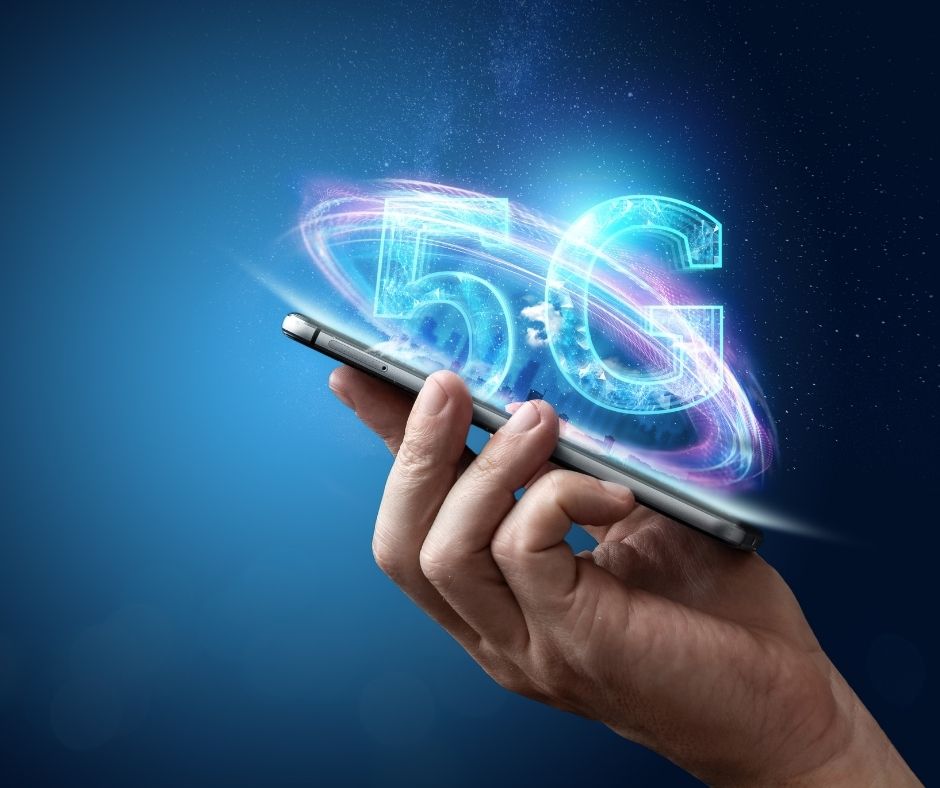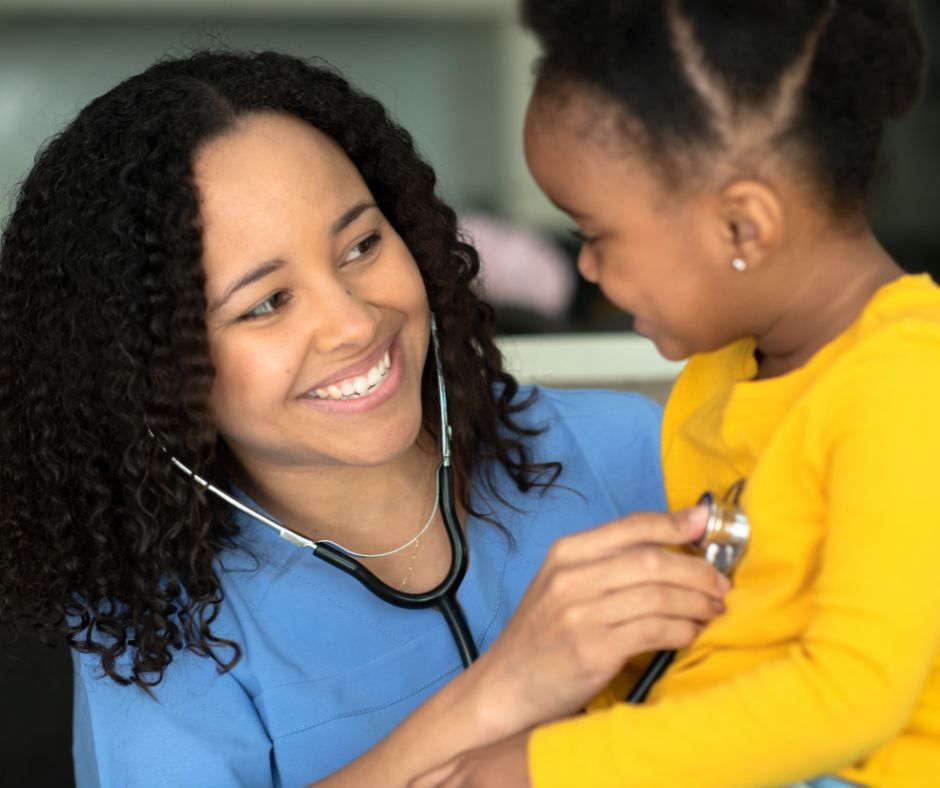The global market for prescription digital therapeutics (PDT) is expected to grow to $17.16 billion by 2030. This growth is mainly due to the affordability of digital health technology for both healthcare providers and patients, as well as the increasing use of smartphones in both developed and developing countries.
In this article, we’ll describe PDT, its applications, benefits, and challenges.
Contents
What Are Prescription Digital Therapeutics?
Prescription digital therapeutics (PDTs) are a new class of medical interventions that leverage software to treat, manage, or prevent diseases and disorders. Unlike typical health apps, PDTs require a prescription from a healthcare provider and are subject to rigorous regulatory scrutiny.
According to the U.S. Food and Drug Administration (FDA), prescription digital therapeutics are medical devices, also called Software as a Medical Device (SaMD). The FDA review of prescription digital therapeutics is the same as the process the FDA uses to review medical devices.
Definition and key characteristics of PDTs
PDTs are software-based treatments delivered through mobile devices, designed to address the behavioral and psychological aspects of various health conditions. These digital tools are developed based on scientific evidence and aim to provide therapeutic benefits comparable to traditional medical treatments (Phan et al., 2023).

Examples of prescription digital therapeutics developers
This chart from Blue Matter Consulting (2023) lists 154 PDT companies.

How PDTs differ from wellness apps and other digital health tools
While wellness apps focus on general health and fitness, PDTs are designed to treat specific medical conditions. PDTs undergo clinical trials, and are subject to stringent regulatory processes to ensure they meet high standards of safety and effectiveness. This regulatory oversight differentiates PDTs from other digital health tools, which may not require such rigorous evaluation.
The PDT regulatory framework
The FDA plays a critical role in the approval of PDTs. These therapeutics must demonstrate clinical efficacy and safety through rigorous trials before receiving FDA clearance. This process ensures that PDTs meet the same standards as traditional pharmaceuticals, providing healthcare providers and patients with confidence in their use (Phan et al., 2023).
The Science Behind Prescription Digital Therapeutics
PDTs are grounded in scientific research and evidence-based practices to ensure their effectiveness in treating various health conditions.

Evidence-based approaches used in PDTs
PDTs incorporate evidence-based approaches to help patients change their behaviors and manage symptoms effectively, such as:
- Cognitive Behavioral Therapy (CBT): Used in PDTs for mental health conditions like depression and anxiety, helping patients develop coping strategies.
- Gamification: Engages patients through interactive and rewarding experiences, enhancing motivation and adherence.
- Real-time monitoring: Allows for continuous tracking of patient progress and symptoms for timely interventions.
For instance, CBT-based PDTs can help identify and change negative thought patterns, improving mental health outcomes. A study on a PDT for opioid use disorder found it improved retention in treatment by 76% at 12 weeks compared to treatment as usual (Brezing & Brixner, 2022).
Clinical trials and efficacy studies supporting PDTs

Clinical trials are essential for validating the efficacy of PDTs. These studies assess the therapeutic outcomes of PDTs compared to traditional treatments.
For example, trials have shown PDTs can be effective in managing substance use disorders and chronic insomnia, providing real-world evidence of their clinical benefits (Brezing & Brixner, 2022).
Applications of Prescription Digital Therapeutics
PDTs offer promising solutions across a range of medical conditions, providing tailored interventions for diverse patient needs.
Mental health conditions

PDTs are increasingly used to treat mental health disorders such as depression, anxiety, schizophrenia, and post-traumatic stress disorder (PTSD). In a randomized controlled trial, a PDT for depression reduced symptoms by 45.6% compared to 17.4% with usual treatment (Phan et al., 2023).
These digital tools provide accessible and scalable interventions, often with CBT techniques to help patients manage symptoms and improve their quality of life.
Chronic diseases
For chronic conditions like diabetes and hypertension, PDTs offer personalized management strategies. They enable continuous monitoring and data analysis, facilitating timely adjustments to treatment plans and improving patient outcomes (Phan et al., 2023).
A PDT for type 2 diabetes led to a 1.1% reduction in HbA1c levels after 6 months in a clinical trial (Phan et al., 2023).
Substance use disorders and addiction treatment

PDTs are particularly effective in treating substance use disorders, offering structured programs that support recovery. They provide patients with tools to manage cravings and develop healthier coping mechanisms, contributing to sustained recovery.
A couple of examples:
- Research with 1,758 patients using a PDT for substance use disorder showed 64.1% abstinence at 12 months (Brezing & Brixner, 2022).
- A PDT for alcohol use disorder resulted in 63% of patients reducing heavy drinking days compared to 32% receiving standard treatment (Rassi-Cruz et al., 2022).
Neurological disorders
Conditions such as ADHD and insomnia can benefit from PDTs, which offer targeted interventions to manage symptoms and improve daily functioning. For instance, PDTs for insomnia often include sleep hygiene education and relaxation techniques to enhance sleep quality.
Benefits of Prescription Digital Therapeutics
PDTs offer numerous advantages that enhance patient care and healthcare delivery.
Improved accessibility to treatment

PDTs make healthcare more accessible by providing treatments that can be delivered remotely via mobile devices. This is particularly beneficial for individuals in underserved areas or those with mobility challenges, ensuring they receive timely care.
Personalized and adaptive interventions
PDTs can be tailored to individual patient needs, offering adaptive interventions that evolve based on real-time data. This personalization enhances treatment effectiveness and patient satisfaction (Phan et al., 2023).
Real-time data collection and analysis
The ability to collect and analyze data in real-time allows healthcare providers to monitor patient progress continuously. PDTs can collect patient data continuously, providing 1440 data points per day compared to 1-4 from traditional in-person visits. This facilitates early detection of issues and enables proactive adjustments to treatment plans, improving overall outcomes (Phan et al., 2023).
Reduced healthcare costs
By providing effective and scalable interventions, PDTs have the potential to reduce healthcare costs. They can decrease the need for in-person visits and hospitalizations, making them a cost-effective alternative to traditional treatments. For example, an economic analysis estimated PDTs could save $2,150 per patient per year for opioid use disorder treatment (Brezing & Brixner, 2022).
Challenges and Limitations of PDTs
Despite their benefits, PDTs face several challenges that must be addressed to maximize their potential.

Federal regulation lags behind software development
Digital therapeutics (DTx) are mobile medical apps that use new tech like artificial intelligence (AI) and virtual reality (VR). They’re always changing, with new versions coming out every few months, which makes them hard to regulate.
A problem with a DTx app could hurt someone’s health, so to keep DTx safe for consumers without stopping progress, software companies need to self-regulate–find ways to reduce risks and follow ethical rules on their own to help patients and build trust with their doctors.
One way to self-regulate is to involve clinicians in app development. Doctors know what patients need and can spot potential problems. But surprisingly, most health apps are made without input from medical experts. A study found only 20% of health apps included input from health professionals during development (Rassi-Cruz et al., 2022).
Data privacy and security concerns
The collection and storage of sensitive health data raise significant privacy and security concerns. Ensuring robust data protection measures is crucial to maintaining patient trust and compliance with regulations (Phan et al., 2023).
Integration with existing healthcare systems
Integrating PDTs into existing healthcare infrastructures can be complex. Seamless integration is necessary to ensure that PDTs complement traditional treatments and fit within the broader healthcare ecosystem.
Patient adherence and engagement

Maintaining patient engagement with PDTs can be challenging.
For example, take mental health apps that use CBT or provide feedback through wearables like smartwatches. While helpful, these apps often aren’t covered by insurance, and patients may pay out-of-pocket. They often give up if they don’t see quick results.
Ensuring that patients adhere to prescribed digital therapies is essential for achieving desired outcomes, requiring strategies to enhance motivation and commitment. Pharmacists can help by encouraging patients to stick with the apps and complete all modules (Pharmacy Times, 2024).
Reimbursement and insurance coverage issues
Securing reimbursement for PDTs remains a hurdle, as insurance companies may be hesitant to cover these relatively new treatments. Establishing clear guidelines and demonstrating cost-effectiveness may help overcome this barrier.
The Future of Prescription Digital Therapeutics
The future of PDTs is promising, with advancements in technology and expanding applications poised to enhance their impact on healthcare.

Emerging trends and technologies in PDTs
Emerging technologies such as artificial intelligence and machine learning are set to revolutionize PDTs. These innovations can enhance personalization and predictive capabilities, improving treatment outcomes and patient experiences.
Potential for combination therapies
Combining PDTs with traditional treatments offers a holistic approach to healthcare. This synergy can enhance therapeutic outcomes by addressing multiple aspects of a patient’s condition, providing comprehensive care (Phan et al., 2023).
Expanding applications in preventive care and wellness
PDTs hold potential for preventive care by identifying and addressing health risks early. Their application in wellness can promote healthier lifestyles and prevent the onset of chronic diseases, contributing to improved public health.
Conclusion
In digital health, PDTs offer promising avenues for improving patient outcomes, increasing access to care, and potentially reducing healthcare costs. While challenges remain, the growing body of evidence supporting PDTs suggests that they will play an increasingly important role in the future of healthcare delivery.
As patients, healthcare providers, and policymakers alike embrace these innovative tools, we can look forward to a more personalized, accessible, and effective approach to managing a wide range of health conditions.
References
Bashran, E. (2024). Prescription Digital Therapeutics: Devices. HealthAffairs. Retrieved from
Brezing, C. A., & Brixner, D. I. (2022). The Rise of Prescription Digital Therapeutics In Behavioral Health. Journal of Behavioral Health; 11(4), 1-10. doi: 10.1007/s12325-022-02320-0
Global Prescription Digital Therapeutics (PDTx) Market – Industry Trends and Forecast to 2030. (2023). Data Bridge Market Research. Retrieved from https://www.databridgemarketresearch.com/reports/global-prescription-digital-therapeutics-dtx-market
Liesch, J., Volgina, D. Nessim, C., Murphy, D., & Samson, C. (2023). Blue Matter Consulting. Retrieved from https://bluematterconsulting.com/prescription-digital-therapeutics-us-market-outlook-2023/
Phan, P., Mitragotri, S., & Zhao, Z. (2023). Digital therapeutics in the clinic. Bioengineering & Translational Medicine; 8(4), e10536. doi:10.1002/btm2.10536.
Prescription Digital Therapeutics Bring New Treatments to Healthcare. (2021). Avalere Health. Retrieved from https://avalere.com/insights/prescription-digital-therapeutics-bring-new-treatments-to-healthcare
Prescription Digital Therapeutics for Mental Health: Effectiveness, Challenges, and Future Trends. (2024). Pharmacy Times. Retrieved from https://www.pharmacytimes.com/view/prescription-digital-therapeutics-for-mental-health-effectiveness-challenges-and-future-trends
Rassi-Cruz, M., Valente, F., & Caniza, M. V. (2022). Digital therapeutics and the need for regulation: How to develop products that are innovative, patient-centric and safe. Diabetology & Metabolic Syndrome; 14. doi.org/10.1186/s13098-022-00818-9
Wang, C. Lee, C. & Shin, H. (2023). Digital therapeutics from bench to bedside. npj Digital Medicine; 6(1), 1-10. doi.org/10.1038/s41746-023-00777-z





















































































